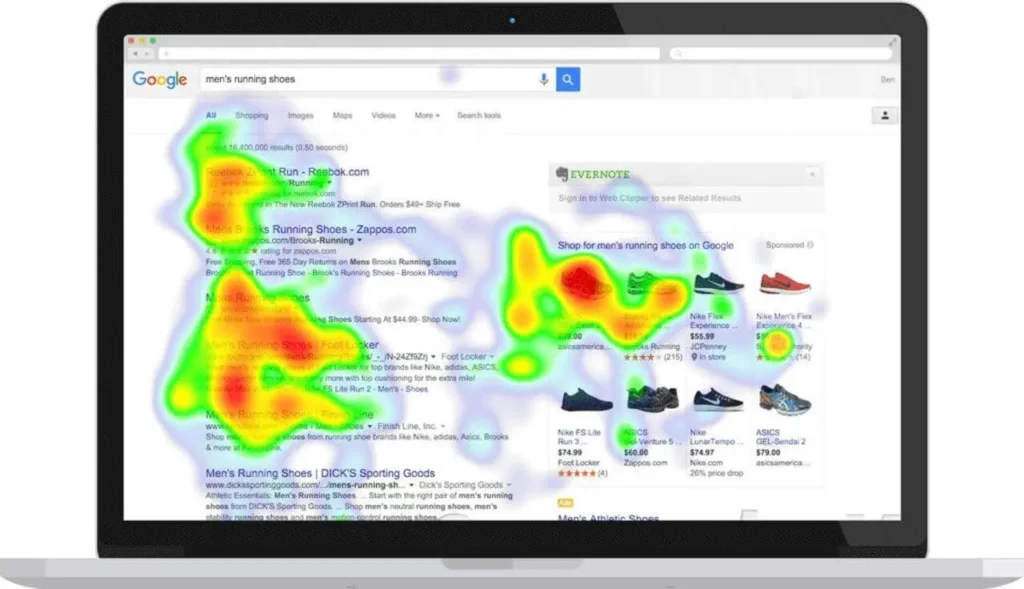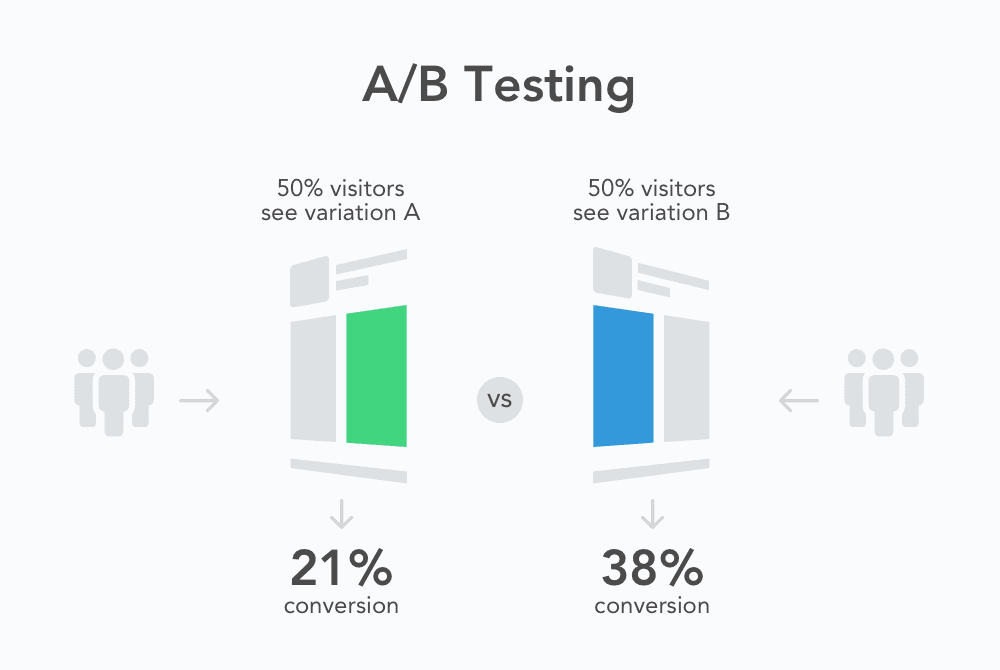In today’s competitive digital landscape, capturing the attention of your audience is more challenging than ever. Traditional marketing strategies often fall short in delivering personalized experiences that truly resonate with potential customers. That’s where behavioral targeting comes in—a powerful technique that allows you to tailor your marketing efforts based on users’ online behaviors, preferences, and interactions. Whether you’re looking to increase engagement, drive sales, or boost your conversion rates, mastering behavioral targeting can transform your campaigns from generic to highly effective. In this ultimate guide, we’ll explore everything you need to know to harness the full potential of behavioral targeting and elevate your marketing game like a pro.
1. Understanding Behavioral Targeting: What It Is and Why It Matters
Behavioral targeting is a powerful marketing strategy that involves collecting data on users’ online behaviors—such as the websites they visit, the products they view, and the actions they take—and using this information to deliver highly personalized and relevant advertisements. Unlike traditional marketing methods that rely on broad demographics, behavioral targeting hones in on the unique interests and preferences of individual users, allowing businesses to connect with their audience more effectively. This targeted approach not only enhances the user experience by showing ads that truly resonate but also significantly boosts conversion rates. By understanding and leveraging behavioral targeting, businesses can optimize their advertising efforts, reduce wasted ad spend, and ultimately drive higher engagement and sales. In today’s increasingly competitive digital landscape, mastering behavioral targeting is essential for any marketer looking to maximize their campaign’s impact and achieve lasting success.

2. Key Data Sources for Effective Behavioral Targeting
To harness the full potential of behavioral targeting, it’s essential to leverage the right data sources that offer deep insights into user behavior. One of the most valuable data sources is website analytics, which tracks how visitors interact with your site—pages they visit, time spent, click patterns, and navigation paths. This information helps you understand user intent and tailor your messaging accordingly. Another critical source is customer purchase history, which reveals preferences and buying habits, enabling you to recommend products or services that align with their interests. Additionally, social media platforms provide rich behavioral data, capturing user engagement, interests, and demographic details that can be used to refine targeting strategies. Don’t overlook third-party data providers either; they offer aggregated behavioral data across multiple sites and devices, giving a broader view of customer behavior. By combining these diverse data sources, you can create highly personalized and timely marketing campaigns that resonate with your audience and significantly boost your conversion rates.
3. Strategies to Implement Behavioral Targeting in Your Campaigns
Implementing behavioral targeting in your campaigns can significantly enhance your marketing effectiveness by delivering highly personalized content to your audience. One of the key strategies is to leverage user data to segment your audience based on their past behaviors, such as browsing history, purchase patterns, and engagement with previous campaigns. By creating detailed customer personas, you can tailor your messaging to resonate with specific interests and needs. Additionally, retargeting plays a crucial role; by tracking visitors who have shown interest but haven’t converted, you can serve them relevant ads or offers to nudge them further down the sales funnel. Another effective approach is dynamic content personalization, where website elements or email content adapt in real-time according to user behavior, increasing relevance and engagement. Finally, integrating behavioral insights with A/B testing allows you to refine your campaigns continuously, ensuring that your targeting strategies evolve with your audience’s preferences. By combining these tactics, you can create more meaningful interactions that drive higher conversions and foster long-term customer loyalty.
4. Tools and Technologies to Enhance Behavioral Targeting
To effectively harness the power of behavioral targeting, leveraging the right tools and technologies is essential. These solutions not only help you collect and analyze user data but also enable you to deliver personalized experiences that drive higher engagement and conversions. One of the most popular tools in this space is Google Analytics, which provides comprehensive insights into user behavior, allowing you to segment audiences based on their browsing patterns, interests, and interactions. Additionally, customer data platforms (CDPs) like Segment or Tealium unify data from multiple sources, creating detailed user profiles that make targeting more precise. For real-time personalization, platforms such as Optimizely and Dynamic Yield enable marketers to tailor content dynamically based on user actions, ensuring that each visitor sees relevant offers and messages. Moreover, advanced machine learning algorithms embedded in tools like Adobe Target or Salesforce Interaction Studio can predict user preferences and automate targeting strategies for maximum impact. By integrating these technologies into your marketing stack, you can refine your behavioral targeting efforts, optimize user journeys, and ultimately boost your conversion rates like a pro.

5. Measuring Success: Analyzing and Optimizing Your Behavioral Targeting Efforts
Measuring the success of your behavioral targeting campaigns is crucial to understanding their impact and optimizing for better results. Start by setting clear, measurable goals aligned with your overall marketing objectives, such as increasing conversion rates, boosting average order value, or enhancing customer engagement. Utilize analytics tools to track key performance indicators (KPIs) like click-through rates, bounce rates, time spent on site, and ultimately, conversion rates attributed to your targeted campaigns. Segment your audience data to identify which behaviors and profiles are responding best, allowing you to refine your targeting criteria. Regularly analyze this data to uncover patterns and insights, and use A/B testing to experiment with different messaging, offers, and user experiences. By continuously monitoring and optimizing your behavioral targeting strategies based on real-time feedback, you ensure that your campaigns remain effective, relevant, and capable of driving sustained growth and higher conversions.
6. Common Challenges and How to Overcome Them
Behavioral targeting is a powerful strategy for boosting conversions, but it doesn’t come without its challenges. One of the most common hurdles marketers face is ensuring data privacy and compliance. With increasing regulations like GDPR and CCPA, it’s essential to collect and use customer data responsibly. To overcome this, always be transparent about data collection practices, obtain proper consent, and implement robust data security measures.
Another challenge is accurately interpreting behavioral data. User actions can sometimes be ambiguous or misleading, leading to ineffective targeting. To address this, leverage advanced analytics tools and machine learning algorithms that can analyze patterns more precisely, enabling you to segment your audience more effectively.
Additionally, over-reliance on behavioral data may cause you to overlook broader market trends or changing customer preferences. It’s important to balance behavioral insights with other data sources such as demographic information and direct customer feedback to create a well-rounded marketing approach.
Lastly, technical integration can pose difficulties, especially when dealing with multiple platforms and data sources. Ensure your marketing technology stack is compatible and invest in seamless integration solutions to maintain data consistency and maximize the impact of your behavioral targeting efforts.
By proactively addressing these challenges, you can harness the full potential of behavioral targeting to drive meaningful engagement and substantially increase your conversion rates.
7. Personalization Techniques: Creating Tailored Experiences That Drive Action
One of the most powerful ways to boost conversions through behavioral targeting is by leveraging personalization techniques to create tailored experiences that resonate deeply with your audience. Personalization goes beyond simply addressing customers by their names; it involves understanding their preferences, browsing history, purchase behavior, and interaction patterns to deliver highly relevant content, offers, and recommendations. For instance, by analyzing the products a visitor frequently views or adds to their cart, you can dynamically showcase complementary items or exclusive discounts that align with their interests. Additionally, personalized email campaigns triggered by specific behaviors—such as cart abandonment or browsing certain categories—can effectively re-engage potential buyers. Employing tools like dynamic website content, personalized landing pages, and targeted ads ensures that each user feels uniquely valued, increasing the likelihood of conversion. Ultimately, the key to successful behavioral targeting lies in striking the perfect balance between data-driven insights and thoughtful, customer-centric messaging that motivates action and builds lasting loyalty.
8. Ethical Considerations and Privacy Best Practices in Behavioral Targeting
When implementing behavioral targeting strategies, it’s crucial to prioritize ethical considerations and privacy best practices to maintain trust and comply with regulations. Behavioral targeting involves collecting and analyzing user data to deliver personalized content and ads, which can raise concerns about privacy and data security. To address these concerns, businesses must be transparent about the data they collect and how it will be used. Providing clear, accessible privacy policies and obtaining explicit consent from users before tracking their behavior are essential steps in respecting user autonomy. Additionally, adhering to data protection regulations such as GDPR and CCPA not only ensures legal compliance but also demonstrates a commitment to safeguarding user information. Implementing robust security measures to protect data from breaches and minimizing data collection to only what is necessary can further enhance user confidence. Ultimately, balancing effective behavioral targeting with ethical responsibility fosters long-term customer relationships and sustainable business growth.

If you found this article helpful and need help with your website conversion, contact us for a FREE CRO Audit




